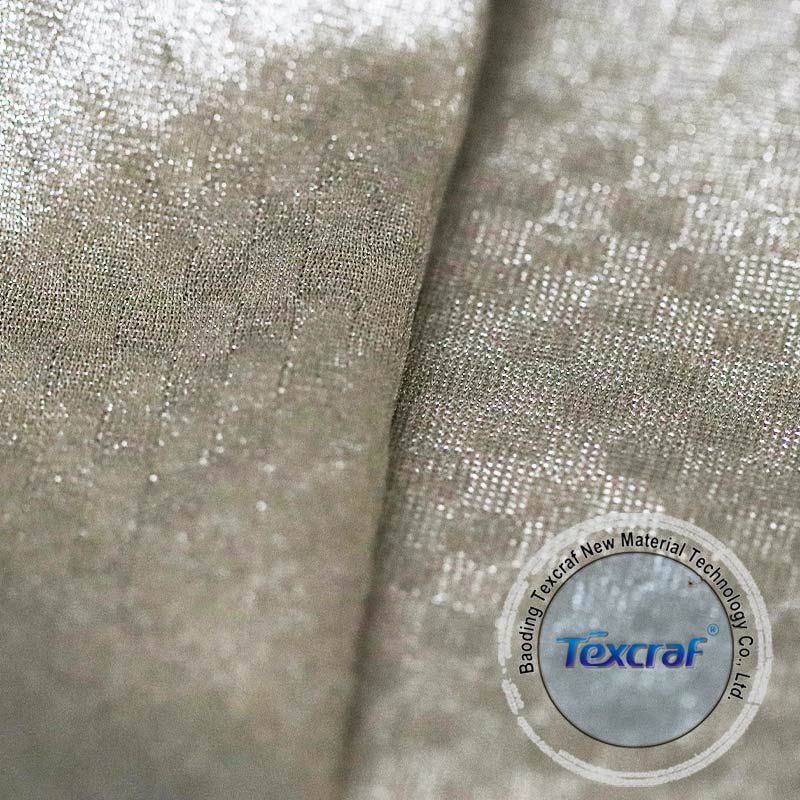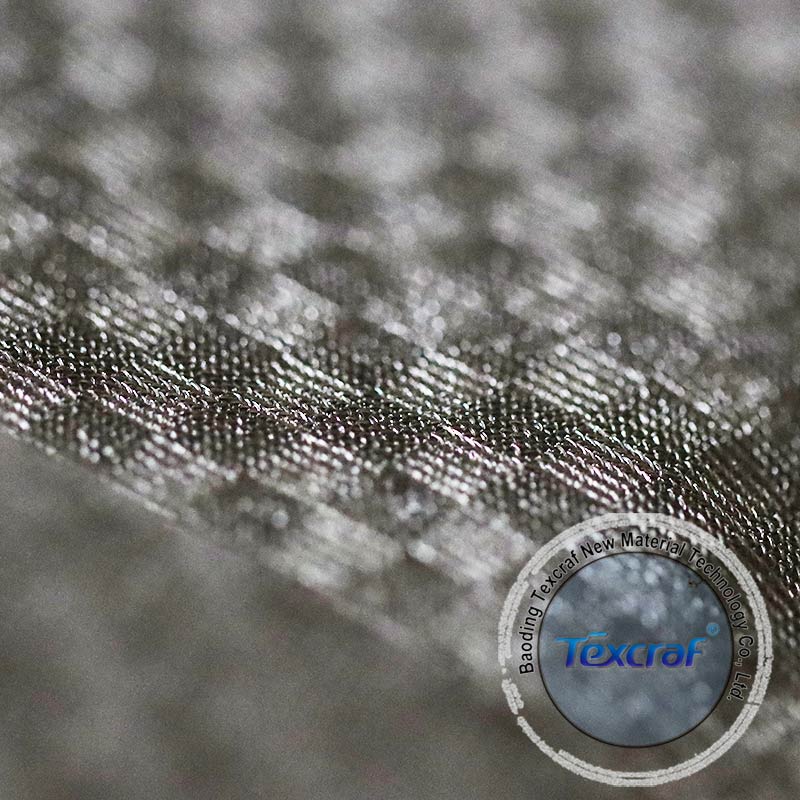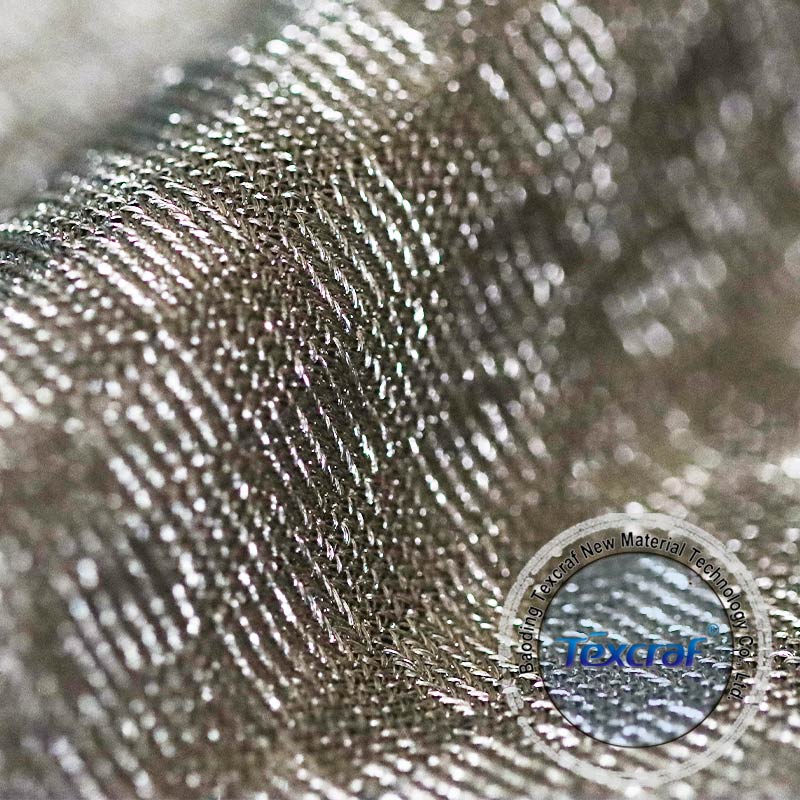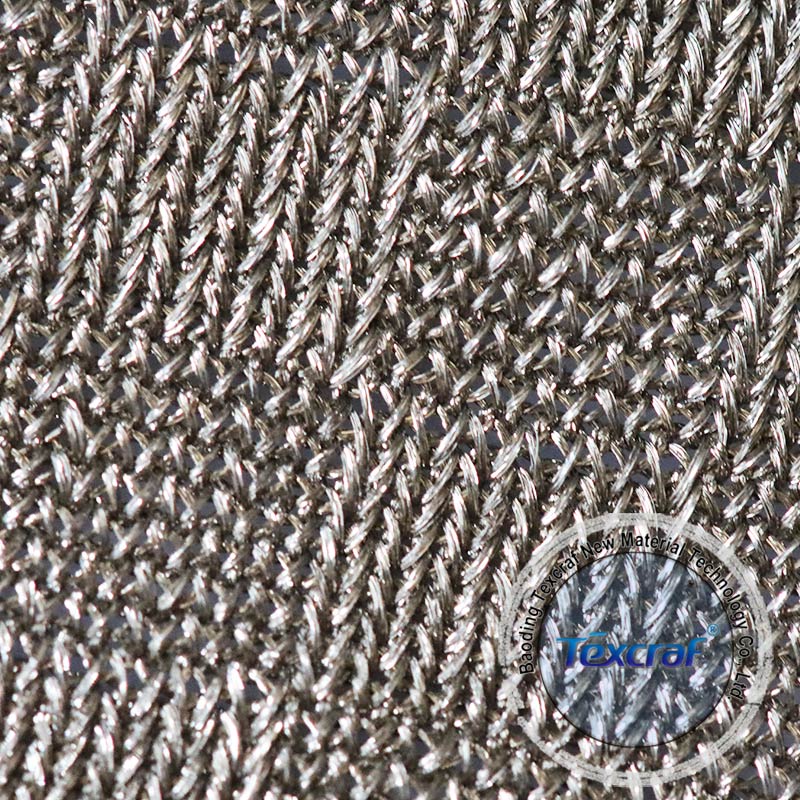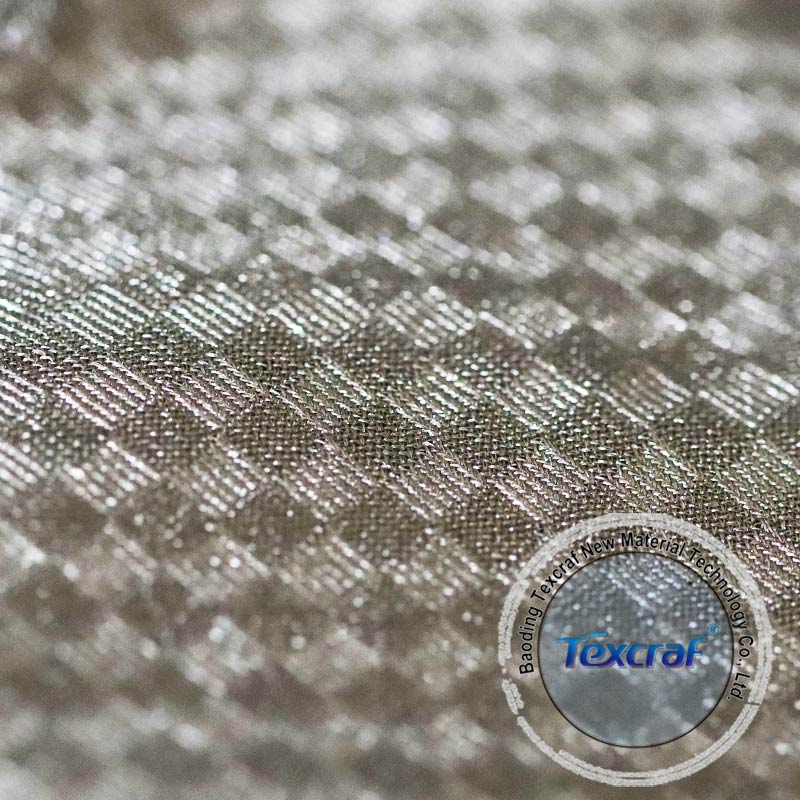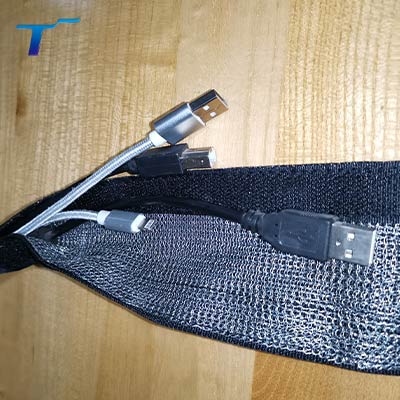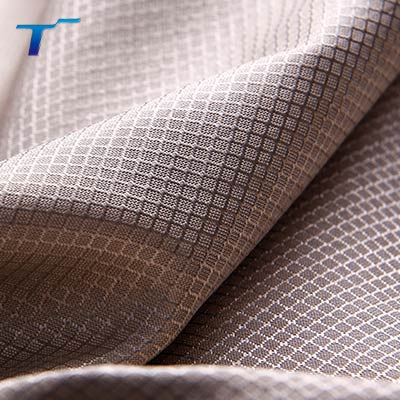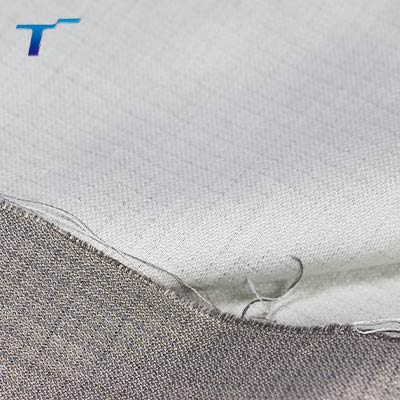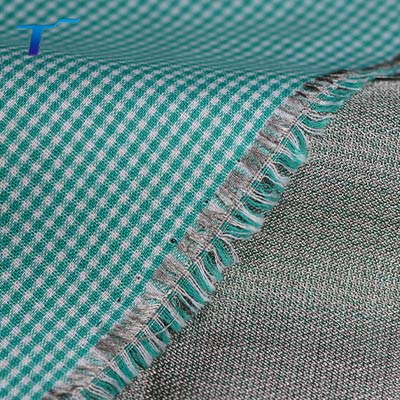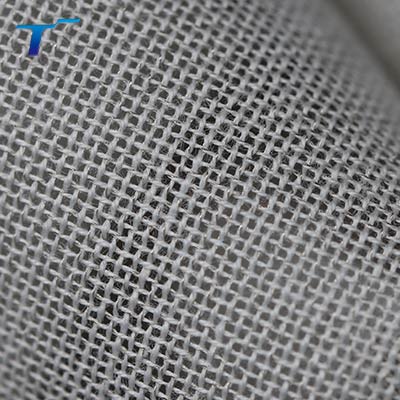Conductive Fabric
Conductive fabric is a type of textile material that has been engineered to conduct electricity or allow the flow of electrical current across its surface.
Care Instructions for Silver Fibers and Fabrics:
◆Hand wash
◆The water temperature should not exceed 50℃
◆Avoid direct sunlight to prevent silver from accelerating oxidation.
◆Do not use chlorine-based cleaners containing bleach or any type.
◆Do not iron.
◆Do not use a clothes dryer. Dry in the shade.
◆Avoid using in high salt or sulfurized air conditions.
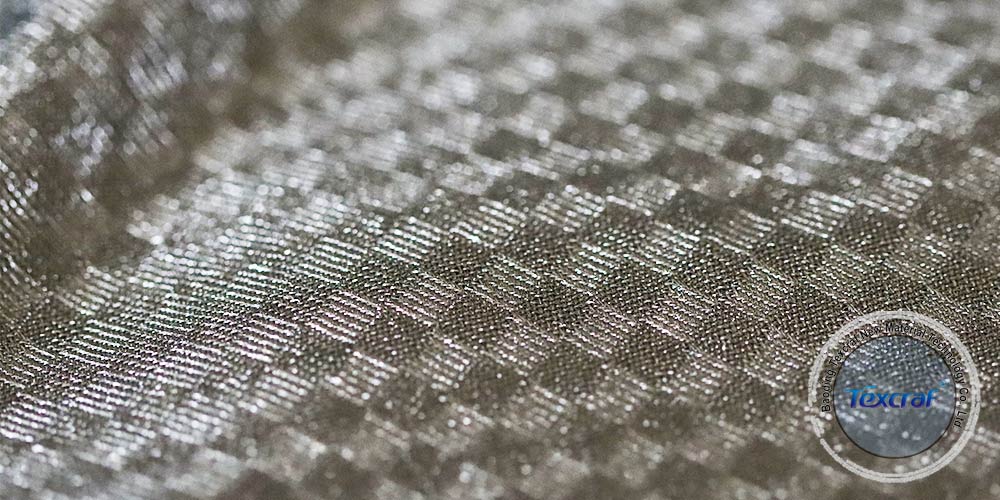
Main Applications: Perfect material for shielding, anti-radiation,smart underwear, clothing, accessories and home textiles, anti-bacterial clothing, masks, gloves and home textiles, medical products, sports, muscle gain, conductive products, anti-static products.
Smart Clothing: Conductive fabrics are used in the development of smart clothing and wearable technology. They can be integrated into garments to create touch-sensitive interfaces, embedded sensors, and even heating elements.
EMI Shielding: Conductive fabrics are employed in electromagnetic interference (EMI) shielding applications. They can be used to create enclosures or barriers that block or redirect electromagnetic radiation, protecting sensitive electronics from interference.
Heating Elements: Conductive fabrics can be used to create heating elements in textiles, like heated jackets or blankets. When an electrical current is applied, the fabric generates heat, providing warmth in cold environments.
Flexible Circuits: In some cases, conductive fabrics can be used as flexible circuits or interconnects in electronic devices, allowing for lightweight and flexible electronic components.
Medical Textiles: Conductive fabrics can be used in medical applications, such as electrodes for monitoring bioelectric signals like EKG or EEG, or in garments designed for physical therapy.
Washability: The durability and washability of conductive fabrics can vary depending on the materials used in their construction. Some are designed to withstand repeated washing, while others may require more delicate care.
Conductive fabrics possess a range of features that make them valuable for various applications, particularly in electronics, smart textiles, and technical industries. Here are some key features of conductive fabrics:
Electrical Conductivity: Conductive fabrics have a low electrical resistance, allowing them to efficiently conduct electrical current. This property enables them to transmit signals, carry power, or generate heat when an electrical voltage is applied.
Flexibility: Conductive fabrics are often flexible and pliable, which makes them suitable for applications requiring bendable and deformable materials. This flexibility allows them to conform to various shapes and contours.
Lightweight: Many conductive fabrics are lightweight, making them suitable for applications where weight is a critical consideration, such as wearable technology and lightweight electronics.
Durability: The durability of conductive fabrics can vary depending on the specific materials used. Some are designed to withstand repeated bending, stretching, and washing, making them suitable for long-lasting applications.
Integration: Conductive fabrics can be seamlessly integrated into textiles and clothing. They can be incorporated into garments, accessories, or other textile-based products without compromising comfort or aesthetics.
Electromagnetic Shielding: Conductive fabrics can provide electromagnetic interference (EMI) shielding properties. They are used to block or redirect electromagnetic radiation, protecting electronic components from interference.
Customizability: Conductive fabrics come in various forms, and their properties can be customized to meet specific application requirements. This includes variations in conductivity, thickness, and composition.
Compatibility: Conductive fabrics can often be integrated with conventional electronic components, such as microcontrollers, sensors, and wires, enabling seamless incorporation into electronic systems.
Ease of Fabrication: They can be cut, sewn, or otherwise processed using standard textile manufacturing techniques, making them accessible for designers and manufacturers.


